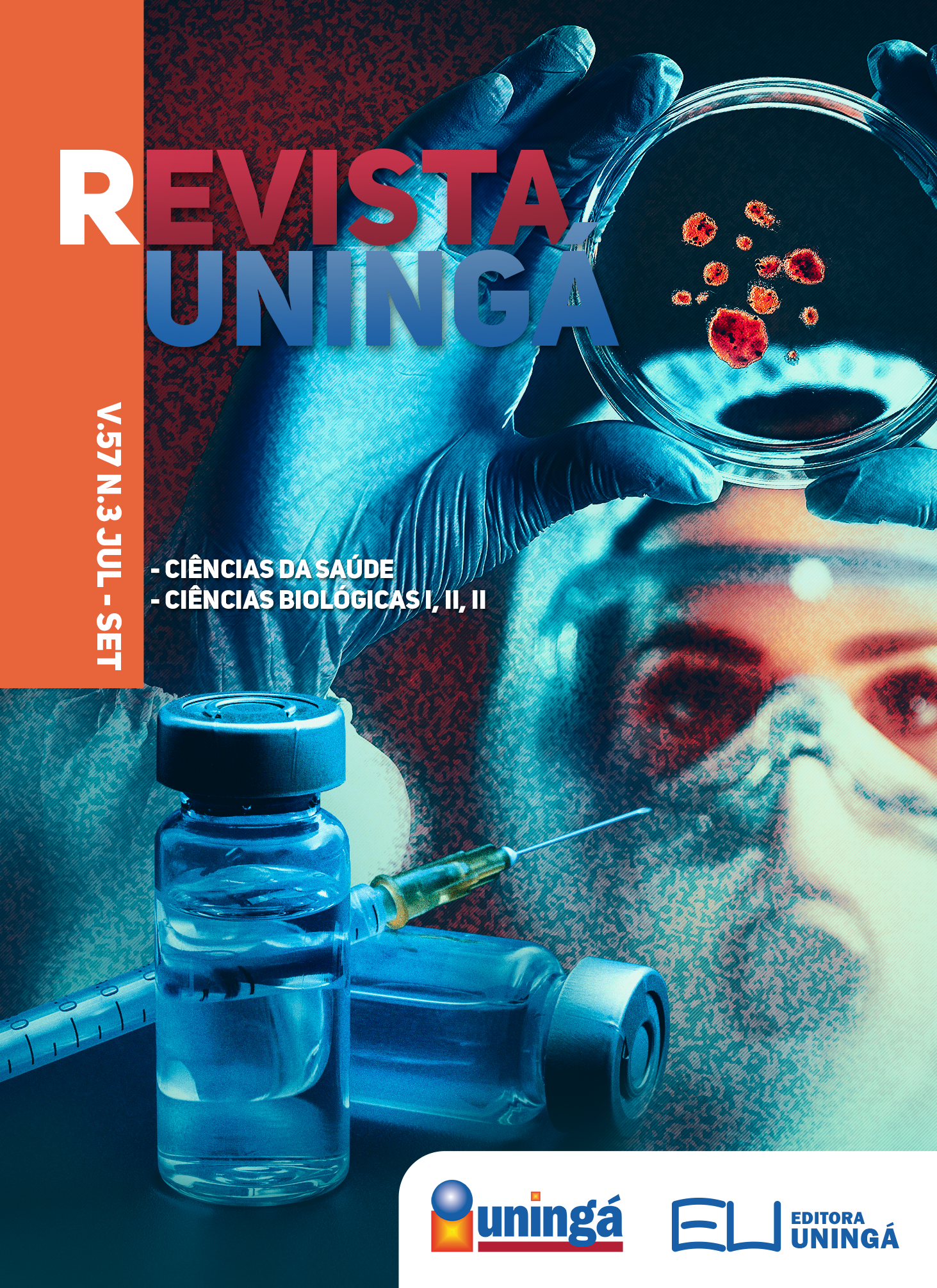ALTERNATIVE FIXATION IN CYTOLOGICAL PROCESS
DOI:
https://doi.org/10.46311/2318-0579.57.eUJ3157Keywords:
Cytology, Fixatives, FormaldehydeAbstract
The fixatives that are used for cytological routine are 96% ethanol and 10% formaldehyde. In the last decade, alternative fixatives have emerged, which show variations in their composition, in addition to containing lower concentrations of alcohol and the non-use of formaldehyde since the latter has carcinogenic properties. Among these, are of her alcoholic fixatives, such as RCL2 and some alternatives such as honey, brown sugar and hair styling spray, alt hough only few studies have proven the efficiency of these other fasteners. The objective of this study was to evaluate the effectiveness of an alternative fixative to formaldehyde and to present the conditions of acquisition in places and situations where formaldehyde is not available. Samples of the oral mucosa and dorsum of the tongue of the research participants were collected. These samples were fixed and divided into groups according to the following fixatives: RCL2, 96% alcohol, 10% formaldehyde and hair fixing spray sold in all pharmacies with different trademarks. The morphological parameters such as: integrity and cellular architecture that were analyzed with the hair fixer showed good results when compared to the other fixers that were already being used in cytological routines, making it useful as an alternative product in the fixations of exfoliative cytoglia. However, it is suggested that new color tests be performed for greater accuracy of the analyses
Downloads
Downloads
Published
How to Cite
Issue
Section
License
I declare/we declare that the text submitted here is original, of my own authorship and does not infringe any type of third party rights. The content is my/our sole responsibility. Possible research involving animals and/or human beings is in accordance with Resolution 196/96 of the National Health Council and its complements. I declare that I am/we are in possession of the written consent of patients and that the research and its procedures were timely and adequately approved by the Ethics Committee of the institution of origin. We further declare that all institutional affiliations and all sources of financial support for the work are duly informed. I certify that there is no commercial or associative interest that represents a conflict of interest related to the submitted work. If there is commercial interest, in addition to the technical and academic ones, in the publication of the article, the information will be reported during the text.



































